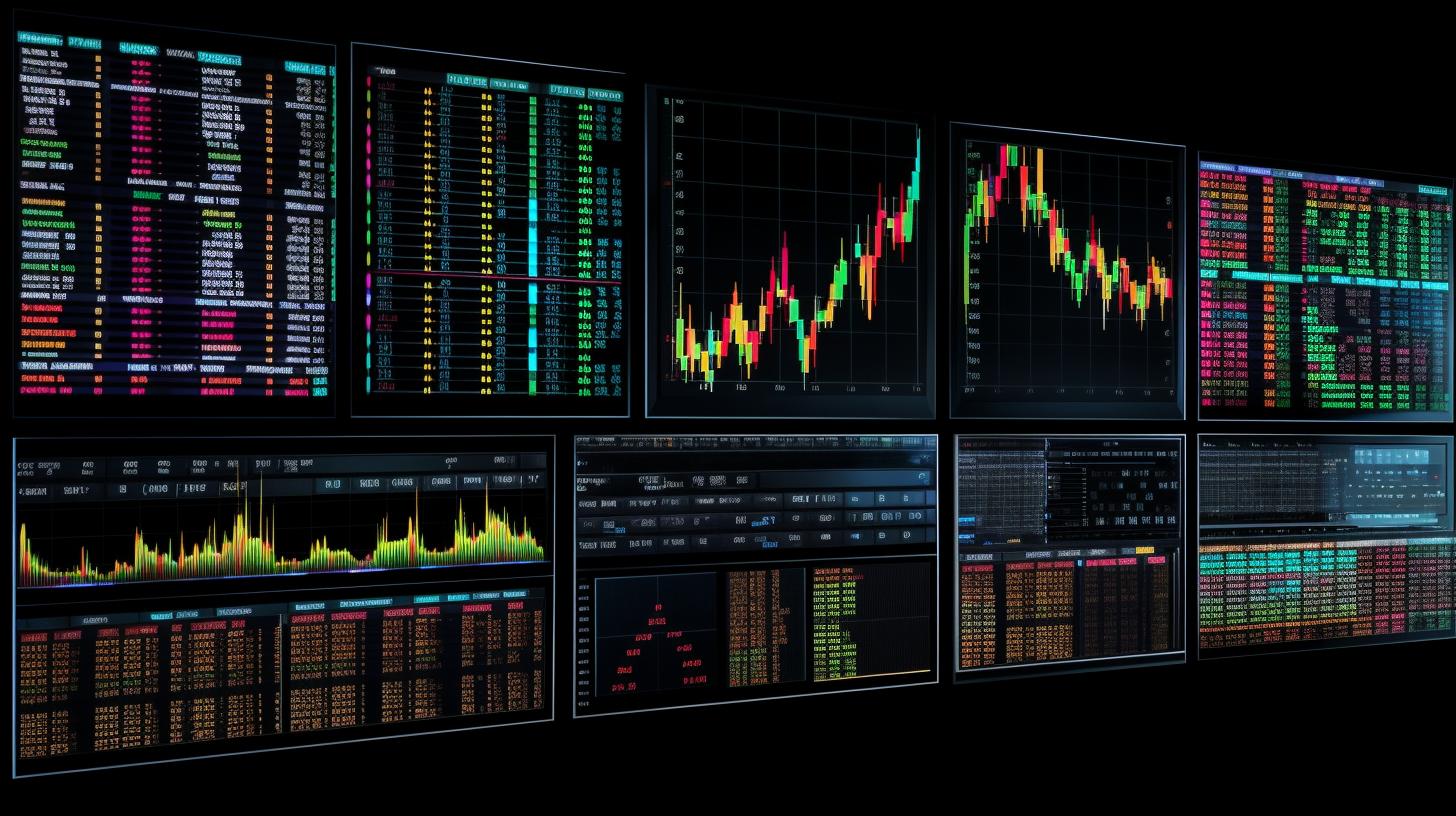In the unpredictable world of foreign exchange trading, “forex chart patterns” have established themselves as vital tools for traders hoping to capitalize on market fluctuations. These patterns, in a nutshell, consist of distinct formations revealed on forex charts that hint at future price movements. A significant part of technical analysis, chart patterns can be crucial for both seasoned traders and novices.
What are Forex Chart Patterns?
Forex chart patterns are formations created on a price chart that predict possible future price trends. Recognizing and correctly interpreting these patterns can offer traders a significant edge, enabling them to spot potential market opportunities ahead of time. There are several types of patterns, including Head and Shoulders, Double Tops and Bottoms, and Triangles, each having its unique implications.
Significance of Forex Chart Patterns
Chart patterns play a pivotal role in technical analysis and forex trading. They serve as visual representations of the market psychology, capturing traders’ reactions to economic events. When used effectively, these patterns can signal a shift in the trend, providing valuable information on potential market turning points.
Decoding the Major Chart Patterns
Let’s dive deeper into some of the commonly recognized chart patterns:
- 1. Head and Shoulders: This chart pattern resembles a baseline with three peaks, the middle one being the highest. The pattern suggests a bearish reversal when it forms in an uptrend. Conversely, the inverse head and shoulders pattern indicates a bullish reversal.
- 2. Double Tops and Bottoms: A Double Top pattern represents a trend reversal and suggests that the bullish trend will shift to bearish. Conversely, a Double Bottom pattern predicts a shift from a bearish to a bullish trend.
- 3. Triangles: Triangles, including ascending, descending, and symmetrical types, often hint at a period of consolidation before the price breaks out. Ascending and descending triangles often indicate continuation, while symmetrical triangles are typically neutral.
Practical Application of Chart Patterns
Applying chart patterns to trading strategies requires an understanding of the broader market context. While patterns can hint at future movements, they should be used in conjunction with other technical analysis tools for validation. Successful traders often use volume and momentum indicators to confirm a chart pattern’s signal.
Conclusion
Forex chart patterns are a fundamental tool in a forex trader’s arsenal, providing invaluable insights into market trends and potential investment opportunities. By mastering the art of pattern recognition and application, traders can improve their decision-making process and potentially increase their profitability in the volatile forex market.
Forex trading carries substantial risk, and while chart patterns can provide useful signals, they are not foolproof. Traders should consider a multitude of factors, including macroeconomic conditions and risk management strategies, before making trading decisions.
Overall, as the world of forex trading continues to evolve, the significance of forex chart patterns is likely to remain, helping traders navigate the complex and dynamic currency market.

